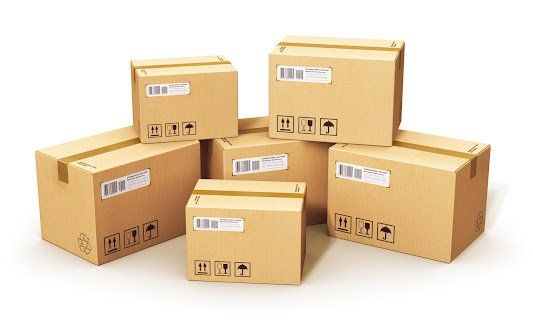7 Steps to Successfully Ship Perishable Goods
Admin • January 7, 2020

Do you need to ship perishable goods for your new business? If so, you face a unique challenge within the shipping industry. But there are ways to make it work and provide a great product for your customers. Start with these shipping tips for perishable items.
1. Lots of Insulation
Few shippers will be surprised to hear that the first line of defense for perishable items on the road is good insulation. Wrap the goods in their first layer of insulation and keep them from being in direct contact with cooling agents.
When you plan for the main insulation container, you have many good choices of material, so find out what works for your particular loads during test runs. Styrofoam is a solid, practical choice for its insulating as well as protective properties. Wood boxes are good for dry ice, as they can both insulate and release pressure when shipping with dry ice.
2. Multiple Layers
The outer packaging material also helps boost the insulation effect that you need. Rather than simply sliding the insulated container into any old box, look for a box that has thicker walls — or, ideally, multiple layers of wall protection between the cooler and the outside air. This is especially important if shipping items during the hotter months or in non-cooled cargo containers where the temperature will rise.
3. The Right Cooling Agent
Generally, shippers of perishable goods have two basic choices to keep things cold. The first is gel packs. Gel packs can be a good coolant choice, but they often don’t last as long. They are ideal for shorter transit times or goods that aren't quite as sensitive to temperature changes.
The second cooling agent in common use is dry ice, either in solid or pellet form. Dry ice is more likely to keep things cold for several days and is generally necessary when foods need to be kept frozen during their trip. You can also use dry ice pellets to supplement other forms of cooling.
4. No Unnecessary Space
When designing the packing materials and containers, try to leave as little empty space as possible. The less space between solid items there is, the faster things will cool down. Measure your containers and look for both inner and outer packaging that will fit snugly (with room for the cooling agents, of course). Your best choice may be to custom-design shipping boxes for a great fit.
5. Tailored Time Frames
When you prepare your shipment, make sure that it can reach its destination on time. While the standard deadline for perishable goods is about three days, take into consideration your particular items.
Hard cheese, for instance, due to its unpasteurized ingredients and dry texture, can last longer on the road than a soft cheese would be able to. Fresh produce, however, may be damaged by any form of freezing and so would need gel packs and a shorter trip.
6. Good Labeling
Seal and label your shipments well. Make sure your transportation agents and all their staff can easily identify your perishable items. This way, there is less likelihood that they will be delayed unnecessarily. If items must arrive within a short time frame, they likely need special labeling that keeps them on the move. Work with shipping companies to ensure all perishable boxes are routed correctly.
7. Scheduling the Pickup & Delivery
Finally, be sure to choose an experienced logistics professional that can help you make important decisions... such as selecting the appropriate service & type of truck needed to meet the sometimes-strict delivery appointments associated with grocery deliveries. As the old saying goes, “you get what you pay for”and often times, choosing an inexperienced or cheapest carrier can result in late deliveries, damaged product, loss reputation and lost business. Ultimately, you could be dragged into litigation by inadvertently booking an unsafe carrier.
Certainly, shipping perishable items is a challenge. But with the right planning, you can give your goods the best start. Work with an experienced JBS Logistics professional today at JBS Logistics. With more than 30 years experience, we offer personalized high-quality shipping services to transport whatever you need whenever you need it. Call today to learn what we can do for your business.
JBS Logistics -Where Service IS Our Driving Force!















